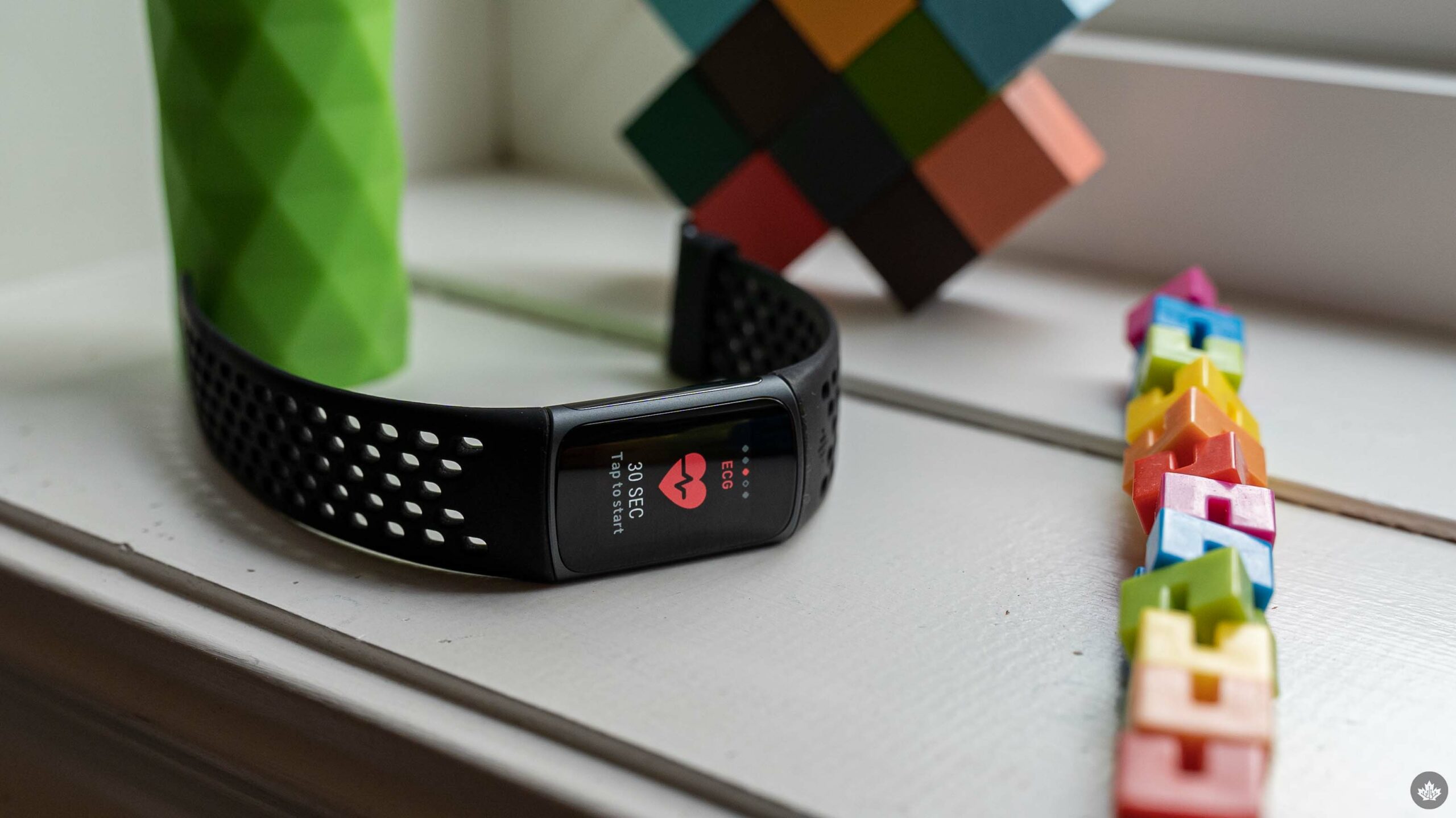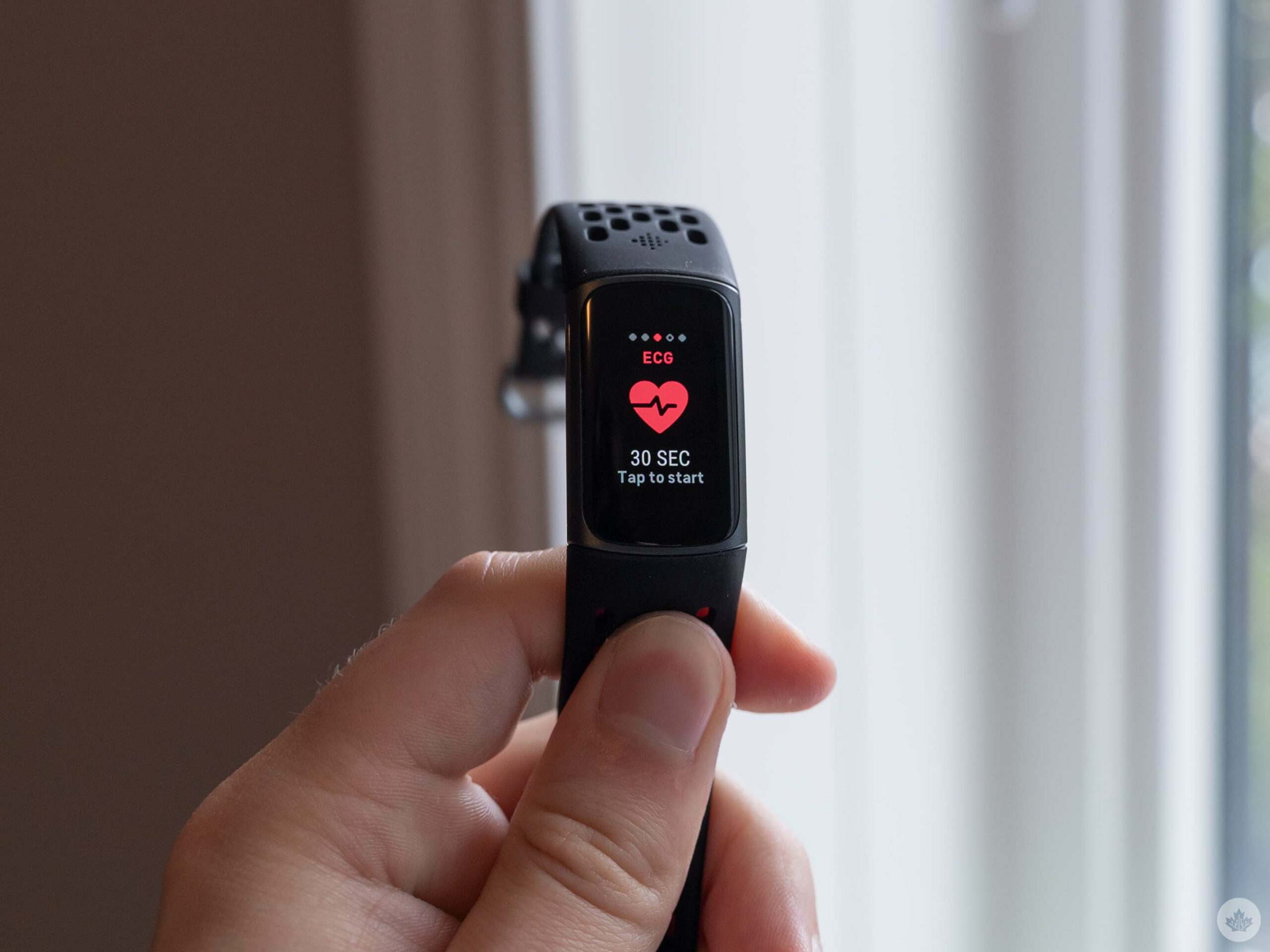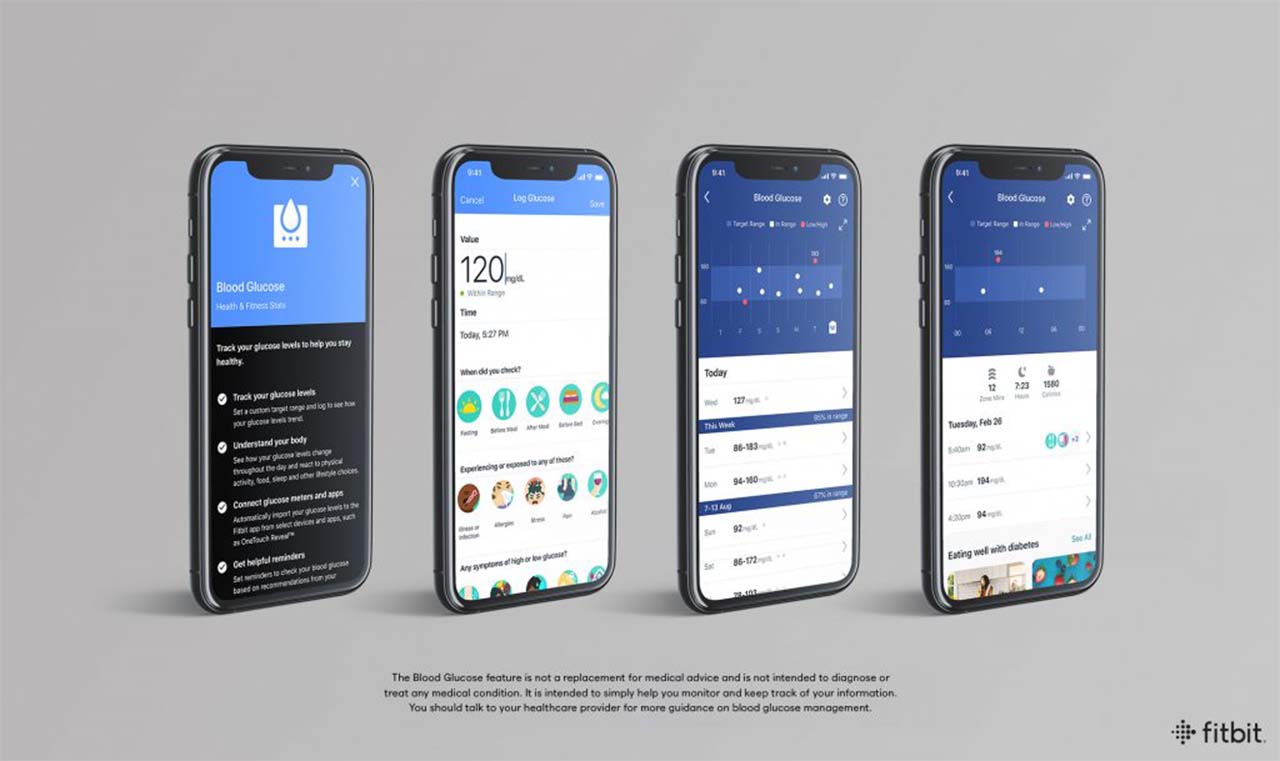
Fitbit started rolling out its new Daily Readiness feature today. However, the company also announced a couple of small features hitting its latest tracker and app.
First up, the new Fitbit Charge 5 fitness tracker now has on-device electrocardiogram (ECG). This marks the first time a Fitbit fitness tracker has offered the feature (previously, it was only available for the company’s smartwatches).
The ECG feature works similarly to other wearables, including Fitbit’s Sense smartwatch. You can access it by swiping to the ‘ECG’ screen on your Charge 5 (for me, it was one swipe left or six swipes right). Then, tap it to activate and start the process, which involves pressing your index finger and thumb to the stainless steel panels on either side of the Charge 5 and holding still for 30 seconds.

At the end of the scan, the Charge 5 will tell you whether your sinus rhythm is normal. If not, it could be a sign of atrial fibrillation (an irregularity in your heartbeat). It’s important to note that the ECG feature isn’t a replacement for going to the doctor.
If you don’t see the ECG app on your Charge 5, you might need to install the ECG app first. You can do so by opening the Fitbit app on your phone > tapping your profile picture in the top-left corner > Charge 5 > Apps > ECG. Make sure it’s installed and up-to-date.

Image credit: Fitbit
The other feature arriving for Fitbit users today is the ability to do blood glucose logging in the Fitbit app. Now available for users in Canada, Australia, France, Germany, Hong Kong, India, Ireland, New Zealand, Singapore, Spain and the U.K., the feature should prove beneficial to those who need to monitor their blood sugar level. You can learn more about blood glucose logging in Fitbit here.
MobileSyrup may earn a commission from purchases made via our links, which helps fund the journalism we provide free on our website. These links do not influence our editorial content. Support us here.


